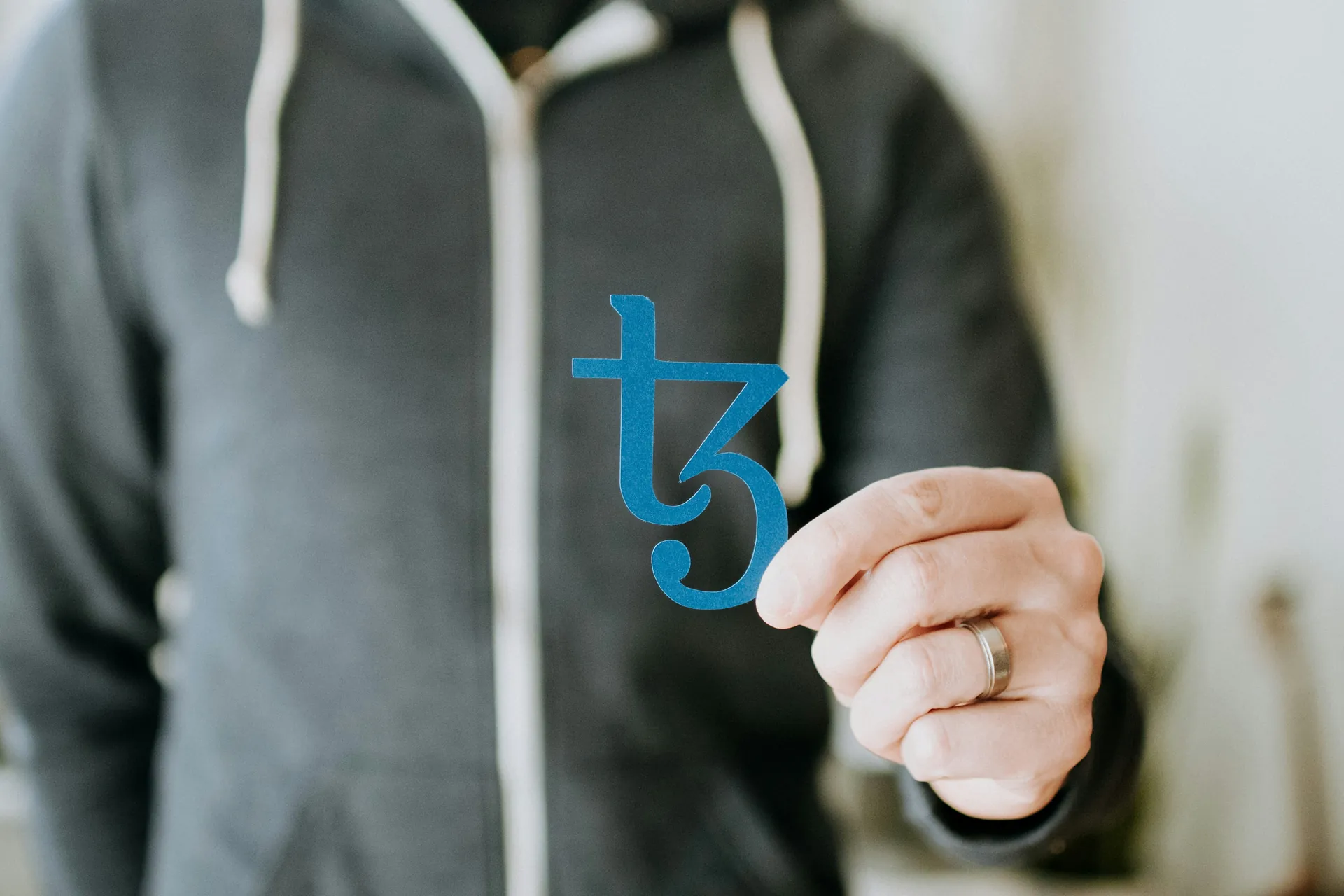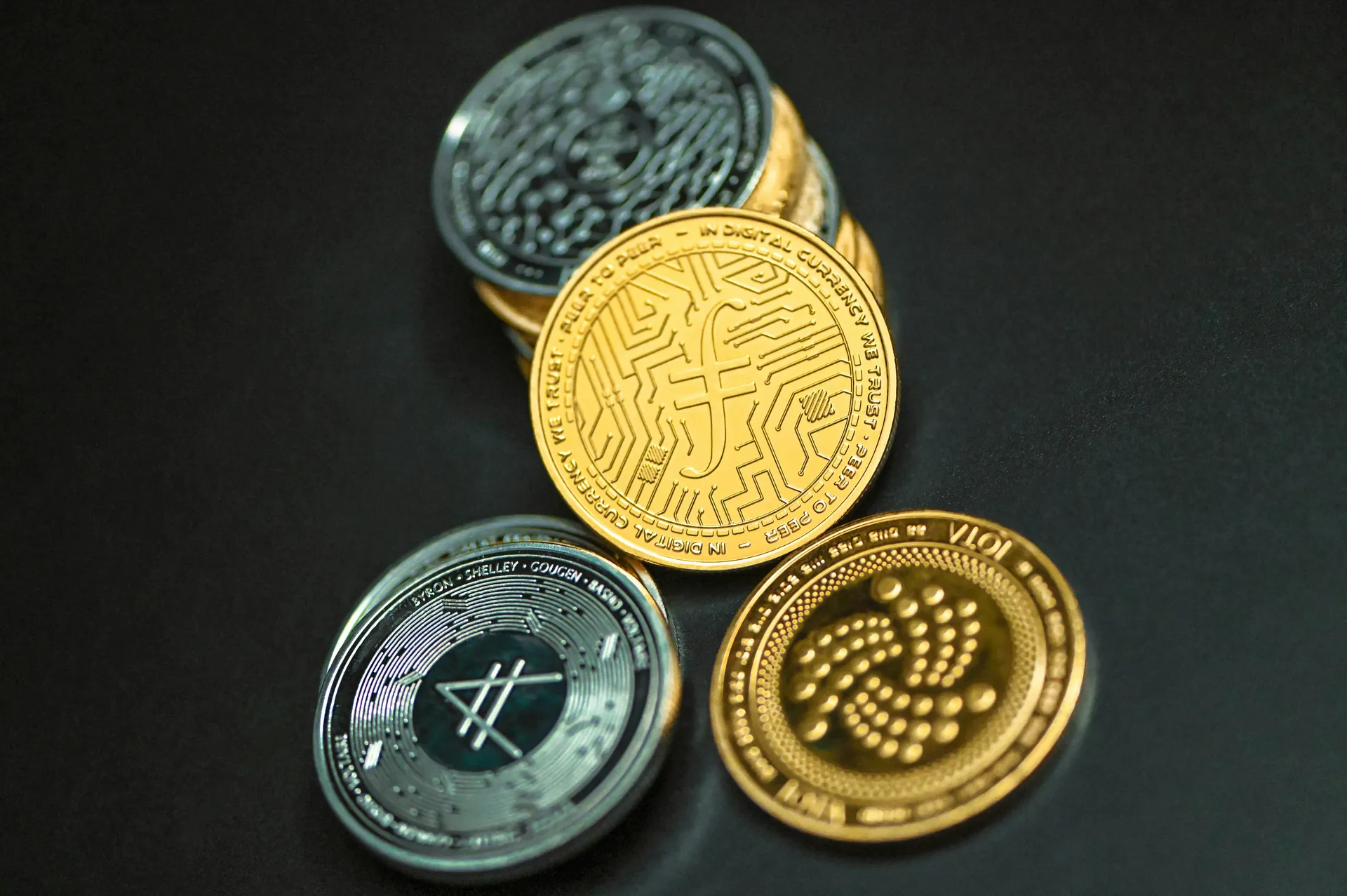Introduction: Understanding Blockchain Beyond Bitcoin
Blockchain technology, commonly linked to cryptocurrencies like Bitcoin, is much more than a platform for digital currencies. Fundamentally, it is a decentralized and distributed ledger that securely records, stores, and verifies data across a network of computers.
One of its key principles is immutability, meaning data recorded on the blockchain cannot be changed or deleted without network-wide consensus. This is achieved through interconnected blocks, each containing a unique hash code that links it to the previous block, forming a chronological and tamper-proof chain.
Blockchain networks validate transactions through nodes using consensus mechanisms like proof of work (PoW) or proof of stake (PoS). This decentralized system removes the need for central authorities, ensuring transactions are transparent, secure, and trustless. Public key cryptography further strengthens security by uniquely identifying participants and safeguarding data integrity.
Although popularized by cryptocurrencies, blockchain’s applications span industries such as finance, supply chain, healthcare, and public services, offering secure, transparent, and efficient solutions. This article will delve into how blockchain is transforming real-world applications beyond the crypto sphere.
Supply Chain Management
Enhanced Traceability
In the realm of supply chain management, one of the most significant benefits of blockchain technology is its ability to enhance traceability. By utilizing blockchain, companies can track products from their origin to their final destination with unprecedented accuracy. This is achieved through the use of smart sensors, RFID tags, and decentralized ledgers that record every transaction and movement of goods in real-time.
This enhanced traceability not only improves operational efficiency but also builds trust among stakeholders. For instance, consumers can be provided with detailed information about the product’s journey, including its source, quality, and any certifications it may have.
Transparency is particularly valuable in industries where product authenticity and safety are critical, such as the food and pharmaceutical sectors.
Moreover, blockchain’s immutability ensures that the recorded data cannot be altered, providing a tamper-proof history of transactions. This feature is essential for regulatory compliance and auditing, as it allows for the accurate tracking of goods and services throughout their lifecycle. Companies like De Beers, for example, use blockchain to track diamonds from mines to retailers, ensuring the authenticity and provenance of the diamonds.
Reducing Counterfeits
Blockchain technology is also instrumental in reducing the prevalence of counterfeit goods within supply chains. By enabling the accurate tracking and verification of products, blockchain makes it significantly more difficult for counterfeit items to enter the supply chain. For example, IBM and Walmart have implemented blockchain to trace the origin of food products, ensuring food safety and preventing contamination.
The use of blockchain in supply chain management allows for the verification of product authenticity at every stage of the supply chain. Smart contracts can be programmed to execute specific actions when certain conditions are met, such as verifying the authenticity of a product before it is shipped or sold.
This automated verification process minimizes the risk of counterfeit goods and enhances the overall integrity of the supply chain.
In addition, blockchain’s ability to provide real-time visibility into supply chain operations helps in quickly identifying and addressing any discrepancies or anomalies. This proactive approach to supply chain management reduces the likelihood of counterfeit products reaching consumers, thereby protecting both the consumers and the brand’s reputation.
Healthcare

Patient Data Management
In the healthcare sector, blockchain technology is revolutionizing the way patient data is managed, ensuring it is secure, accessible, and patient-centric. One of the primary challenges in healthcare is the fragmentation of patient data across various healthcare providers and electronic health record (EHR) systems. Blockchain addresses this issue by creating a unified, secure ledger where authorized providers can access complete patient histories while maintaining strict privacy controls.
Blockchain-based systems, such as those developed by Medicalchain, enable patients to have full control over their medical records. Each new record, whether a physician’s note, prescription, or lab result, is translated into a unique hash function and logged on the blockchain.
This approach ensures that patients can see every update to their medical records and give explicit consent every time their records are shared with healthcare providers or other stakeholders.
The use of smart contracts in blockchain further enhances patient data management by automating access controls and consent management. For example, Medrec, developed by MIT Media Lab, operates a transparent peer-to-peer ledger that allows providers to track files and information while enabling patients to control access to their medical data through private keys.
Drug Traceability
Blockchain technology is also being utilized to enhance drug traceability, ensuring the authenticity and safety of pharmaceutical products. Companies like IBM and Walmart have implemented blockchain solutions to track pharmaceuticals from their origin to the end consumer, providing an immutable record of the drug’s journey.
This includes tracking temperature controls during transport, which is essential for maintaining the efficacy and safety of the drugs.
Blockchain-based systems, such as FarmaTrust’s track and trace app, automate law enforcement notifications when issues are spotted, helping to reduce the number of counterfeit medications in the supply chain. This transparency and accountability ensure that drugs are handled properly and that any quality issues or recalls can be addressed rapidly.
The interoperability introduced by blockchain ensures that different systems along the supply chain can interact coherently, making it easier to track and verify the movement of pharmaceutical products. This not only enhances the security of the drug supply chain but also improves the overall efficiency and reliability of pharmaceutical distribution.
Public Sector

Identity Verification
In the public sector, blockchain technology is being leveraged to enhance identity verification, a critical aspect of government services. Blockchain-based identity systems provide a secure, unalterable, and decentralized way to manage digital identities.
This approach is particularly valuable in contexts such as voter authentication, accessing public services, and verifying refugee status.
The use of blockchain for identity verification involves the creation of unique digital records on a decentralized ledger. Each individual’s identity data is encrypted and stored using a combination of public and private keys, ensuring that only authorized parties can access and verify the information.
This method reduces the risk of identity theft and fraud, as the data is protected by cryptographic techniques and consensus algorithms that ensure the integrity of the transactions.
For instance, the ‘Improving Digital Identity Act’ proposed in the U.S. Senate aims to establish a task force to ensure reliable, interoperable digital identity verification in both public and private sectors. This initiative highlights the growing recognition of blockchain’s potential in securing and managing digital identities effectively.
Voting Mechanisms
Blockchain technology is also transforming voting mechanisms in the public sector by introducing tamper-proof digital voting platforms. These platforms leverage the transparency, security, and immutability of blockchain to significantly reduce electoral fraud and enhance voter participation. By recording votes on a blockchain, each vote becomes part of an immutable ledger, making it virtually impossible to alter or manipulate the results.
The transparency of blockchain voting systems allows citizens to verify the authenticity of the voting process in real-time. This not only builds trust in the electoral system but also provides a convenient and secure way for voters to cast their ballots.
For example, Estonia, a pioneer in blockchain adoption, has implemented blockchain-based voting systems to ensure the integrity and transparency of its electoral processes.
Additionally, blockchain-based voting mechanisms can streamline the voting process, reducing administrative burdens and costs associated with traditional voting systems. By automating the verification and counting of votes, blockchain technology can ensure that elections are conducted efficiently and with high integrity, fostering greater trust between citizens and their government.
Rights Management

Intellectual Property
Blockchain technology is revolutionizing the management of intellectual property (IP) rights by providing a secure, transparent, and decentralized platform for recording and verifying ownership. This is particularly beneficial for creators, inventors, and businesses looking to protect their innovations and creative works.
Platforms like Bernstein, Blockai, and Verisart utilize blockchain to create digital trails of records for IP assets, including patents, trademarks, copyrights, and unregistered designs.
The use of blockchain in IP management allows for the creation of unalterable proof of creation and ownership. By recording a digital asset on the blockchain, creators can establish a timestamp that confirms the existence and ownership of their work at a specific moment. This feature is essential for resolving disputes over authorship and infringement, as it provides irrefutable evidence of the original creation.
Blockchain also simplifies the process of IP licensing and royalty distribution through smart contracts. These contracts can automate the negotiation, compliance checks, and renewal of licensing agreements, ensuring that royalty payments are made efficiently and transparently.
For instance, smart contracts can be programmed to transfer royalty payments to the IP owner automatically whenever their work is used, eliminating the need for intermediaries and reducing administrative burdens.
Real Estate
In the realm of real estate, blockchain technology is transforming the way property rights are managed and transferred. By using blockchain, property deeds and ownership records can be stored on a decentralized, immutable ledger, ensuring that all transactions are secure, transparent, and tamper-proof.
This approach reduces the risk of fraud and errors associated with traditional paper-based systems.
Blockchain-based real estate platforms enable the creation of digital property titles, which can be easily verified and transferred. This streamlines the process of buying and selling properties, making it faster and more efficient. For example, the use of smart contracts in real estate can automate the transfer of ownership once all conditions of the sale are met, such as payment and regulatory approvals.
The transparency and security provided by blockchain also enhance trust and collaboration among stakeholders in real estate transactions. All parties involved can access the same immutable record of property ownership and transactions, reducing disputes and facilitating smoother transactions. Additionally, blockchain can help in providing evidence of property ownership and history, which is essential for due diligence and compliance with regulatory requirements.
Food Safety

Supply Chain Transparency
Blockchain technology is revolutionizing food safety by introducing unprecedented transparency into the food supply chain. This transparency is essential for ensuring the safety and quality of food products from the farm to the consumer’s table. By utilizing blockchain, every step of the food supply chain can be tracked and recorded in real-time, creating a tamper-proof and immutable ledger of all transactions.
This level of transparency enables rapid identification and response to food safety issues. For instance, if a batch of produce is found to be contaminated, blockchain technology can trace the product back to its origin in minutes, rather than days or weeks.
Swift traceability allows for immediate action to be taken, such as recalls, thereby preventing widespread foodborne illnesses. Companies like Walmart have already implemented such systems, reducing the time to trace contaminated produce from days to just 2.2 seconds.
The use of blockchain also enhances compliance with regulatory requirements. The FDA’s “New Era for Smarter Food Safety Blueprint” emphasizes the importance of tech-enabled traceability, and blockchain aligns perfectly with these goals.
By standardizing critical tracking events and key data elements, blockchain ensures that all stakeholders have access to the same accurate and trustworthy information, facilitating smoother audits and inspections.
Moreover, blockchain’s ability to integrate with other technologies like the Internet of Things (IoT) and QR codes further enhances supply chain transparency. For example, scanning a QR code on a product can provide detailed information about its journey, including sourcing, processing, and shipping. This granular visibility helps maintain the quality and safety of the products throughout the supply chain, reducing the risk of contamination and fraud.
Blockchain’s impact on food safety also extends to reducing food waste. By providing accurate and real-time data on the shelf life and handling of food products, blockchain solutions help retailers and consumers make informed decisions about the freshness and safety of the products. This reduces the likelihood of discarding food that is still safe to consume, thereby minimizing food waste and ensuring that more food reaches those who need it.
Other Applications

Energy Trading
Blockchain technology is revolutionizing the energy trading sector by introducing innovative peer-to-peer energy trading models and improving the efficiency of wholesale energy distribution. Platforms such as WePower and Power Ledger connect green energy providers directly with energy buyers, enabling them to purchase energy in advance at discounted rates. This approach eliminates traditional intermediaries, reducing costs and increasing access to renewable energy.
Blockchain also ensures the transparency and security of transactions in energy trading. For example, Iberdrola’s blockchain-based pilot project verifies the renewable origin of energy in real-time, linking electricity generation plants to specific consumption points. This promotes transparency and encourages the adoption of renewable energy.
Furthermore, blockchain simplifies the management of energy-related data, including market prices, marginal costs, and compliance with energy regulations. The Chilean National Energy Commission leverages the Ethereum blockchain to record, store, and monitor energy data, providing consumers with enhanced efficiency and greater control over their energy sources.
Charity
Blockchain technology is making significant strides in the charity sector by improving transparency, accountability, and donation efficiency. By leveraging blockchain, charities can create tamper-proof records of donations, ensuring that funds are utilized as intended. This builds trust among donors and beneficiaries, as they can track the flow of funds in real-time.
Platforms like AidChain utilize blockchain to ensure donations directly reach the intended recipients, minimizing the risks of fraud and mismanagement. Smart contracts can be programmed to release funds only when specific conditions are met, such as the completion of a project or the delivery of aid. This automated process guarantees the effective and efficient use of donations.
Additionally, blockchain helps verify the authenticity of charitable projects and measure the impact of donations. Blockchain-based systems can track the distribution of aid, ensuring it reaches the correct beneficiaries and achieves the intended outcomes. This level of transparency and accountability is essential for maintaining donor trust and support.
Conclusion: The Expansive Potential of Blockchain
In conclusion, blockchain technology has emerged as a transformative force across multiple industries, including finance, healthcare, supply chain management, and public sector services. Its core features—decentralization, immutability, and transparency—make it a powerful tool for enhancing security, efficiency, and trust in transactions.
Blockchain’s applications are wide-ranging, encompassing secure and transparent voting systems, intellectual property management, and real estate recordkeeping. As this technology continues to advance, its ability to revolutionize traditional systems and processes becomes increasingly evident.
By adopting blockchain, organizations can achieve substantial improvements in operational efficiency, data integrity, and customer trust. Moving forward, it is vital for businesses, governments, and individuals to explore and harness the expansive potential of blockchain to drive innovation and progress.


